There are many reasons people decide to join the tiny house community. Some are looking for an off the grid lifestyle while others want the freedom to travel with their house in tow. Without a doubt, the most common reason people opt for living in a tiny house is that they want to reduce their carbon footprint. Ultimately, occupying a small space forces you to be more eco-friendly, even if that wasn’t your original intention. If you’re interested in changing your lifestyle by reducing the number of resources you use each day, find inspiration in these eco-friendly tiny house styles…
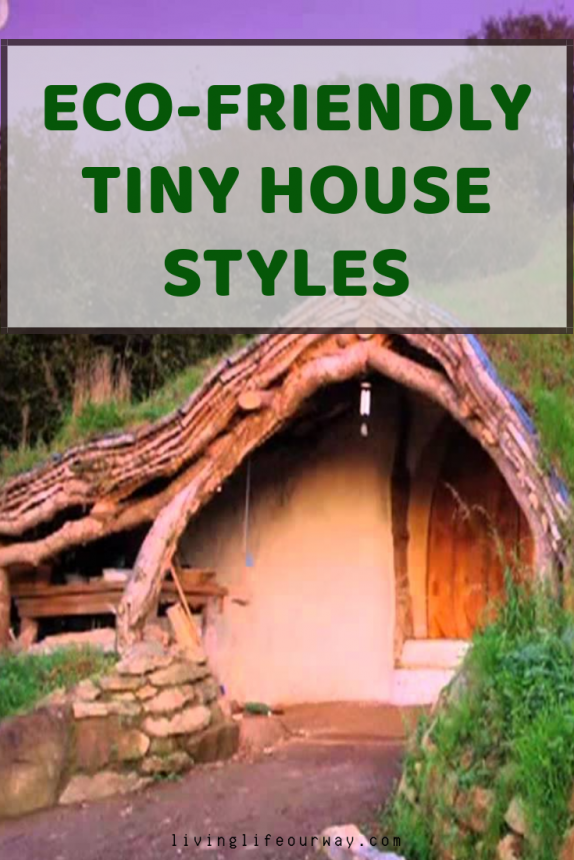
Solar Powered Tiny House
When a tiny house is built on wheels or in an isolated area, you can’t always get electricity by plugging into the power grid. This factor has inspired members of the tiny house community to come up with some incredibly unique eco-friendly options. One of the most popular electrical alternatives for tiny houses is solar power. While the initial setup can be expensive, they can significantly reduce your electric bill. Over time, they pay for themselves while providing your tiny house with electricity.
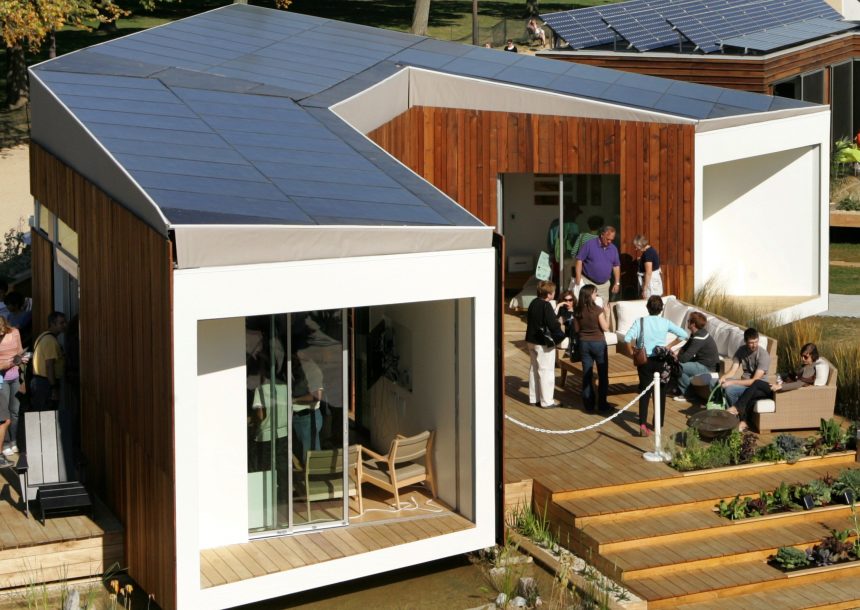
Wind Turbine Powered Tiny House
Since solar power can sometimes be unreliable, it’s essential to have a backup plan. For this reason, those who are designing an eco-friendly home will often use both wind and solar power. Wind turbines can provide your tiny house with electricity during storms and cloudy days when your solar panels might not be getting enough sunlight. Of course, there are more reliable backup options such as a generator for those who can’t go without electricity.
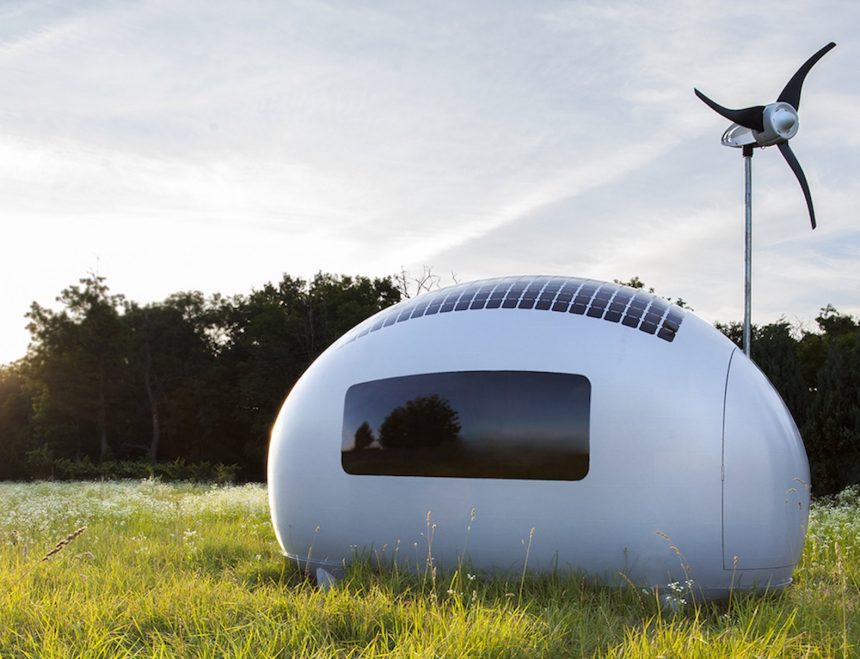
Tiny House Natural Lighting
A tiny house with an open design plan offers natural light during the day, eliminating the need for powered lamps until the sun goes down. While some houses do this with wall-length windows, an outdoor porch can have the same effect. Allowing natural light into your tiny house will also give the illusion that it’s larger than it really is.
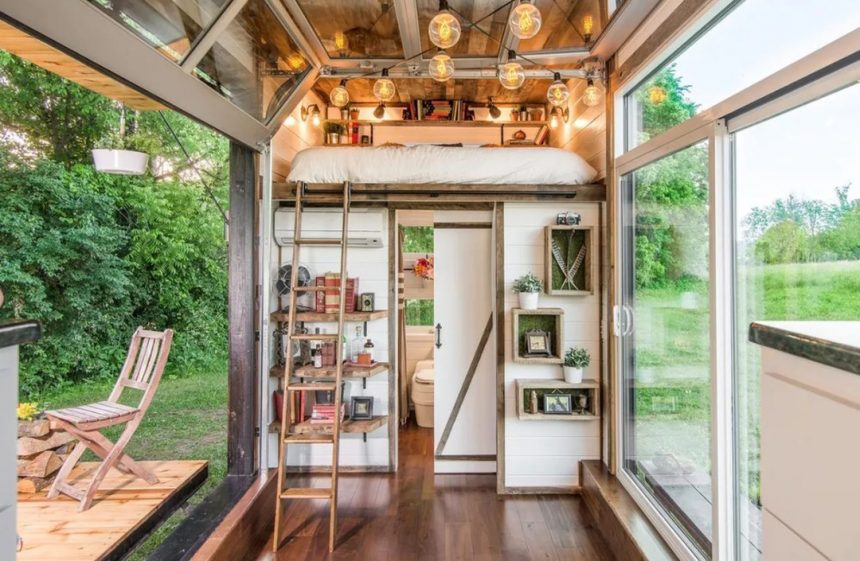
Tiny House Bathrooms Using Composting Toilets
Composting toilets are ideal for the eco-friendly members of the tiny house community, as they’re waterless. While it’s possible to hook up a traditional toilet, that would require being hooked up to a sewage system. If you’re taking your tiny house on the road or want to save some water, then a composting toilet is definitely the best option. They’ve advanced to the point where they can feel no different than being in any other bathroom. Here are the composting toilet options:
• Split systems which secure the composting tank carrying the waste below the toilet and is considered separate from the unit.
• Self-contained systems which store waste in the pedestal of the toilet.
• Continuous systems which allow waste to run out into a compost pile continually.
• Batch systems which separate the waste, composting them at different times.

Tiny House Community Vegetable Gardens
When you’re living off the grid, you can’t just hop in your car and make a trip to the supermarket. The same goes for those who like to travel. For this reason, having a personal vegetable garden has become a popular trend in the tiny house community. Someone with a stationary home will have more room to build their garden, but that doesn’t mean those who keep their house on wheels can’t participate as well. Additionally, many tiny house dwellers who rent pieces of the same land will come together to build a community garden. This allows people to work for their food, but also to have the freedom to pack up their house and move on when they want.
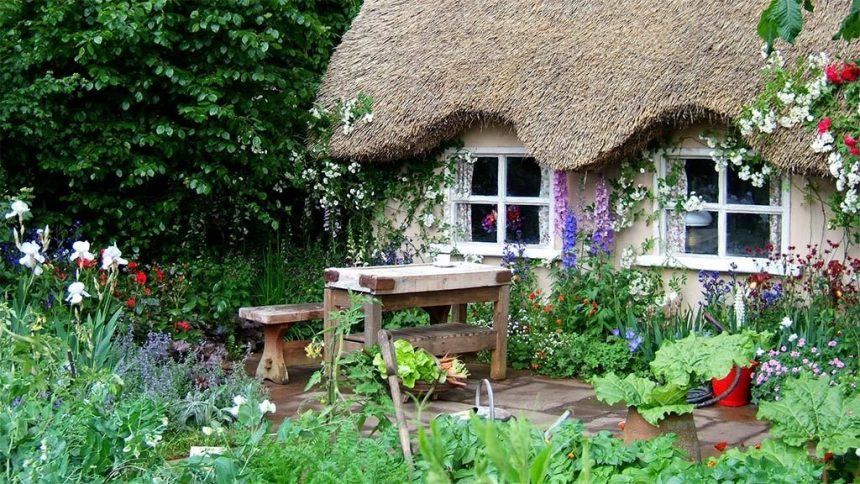
Tiny House Built Out Of Recycled Materials
Since most tiny homes are made on a budget, it only makes sense that they would be created from recycled materials. While some tiny house builders use wood or sheet metal from old and demolished structures, others repurpose storage containers, train cars, school buses, or anything else they can get their hands on. And that’s just the exterior. The interior tends to be eco-friendly as well. Everything from the house’s insulation to the lighting fixtures are often made of recycled or repurposed materials. Even those without a creative bone in their body will find themselves working on a few DIY projects if it means staying on budget.
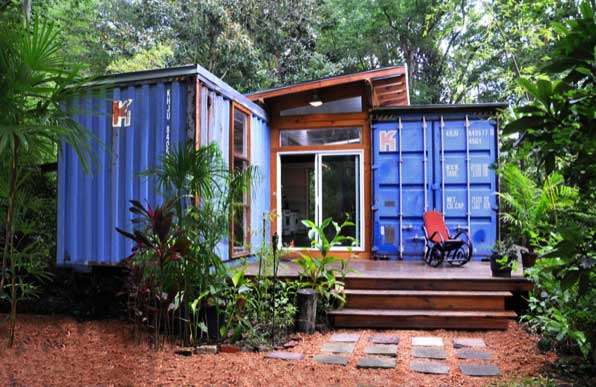
Summary
As you can see, when it comes to choosing a tiny house style that’s most suitable for your needs, there are a number of eco-friendly options to choose from. To what degree you decide to reduce your mark on the environment is ultimately up to you. By taking on a tiny lifestyle, you’re already taking a big step in the right direction!
*This is a guest post.

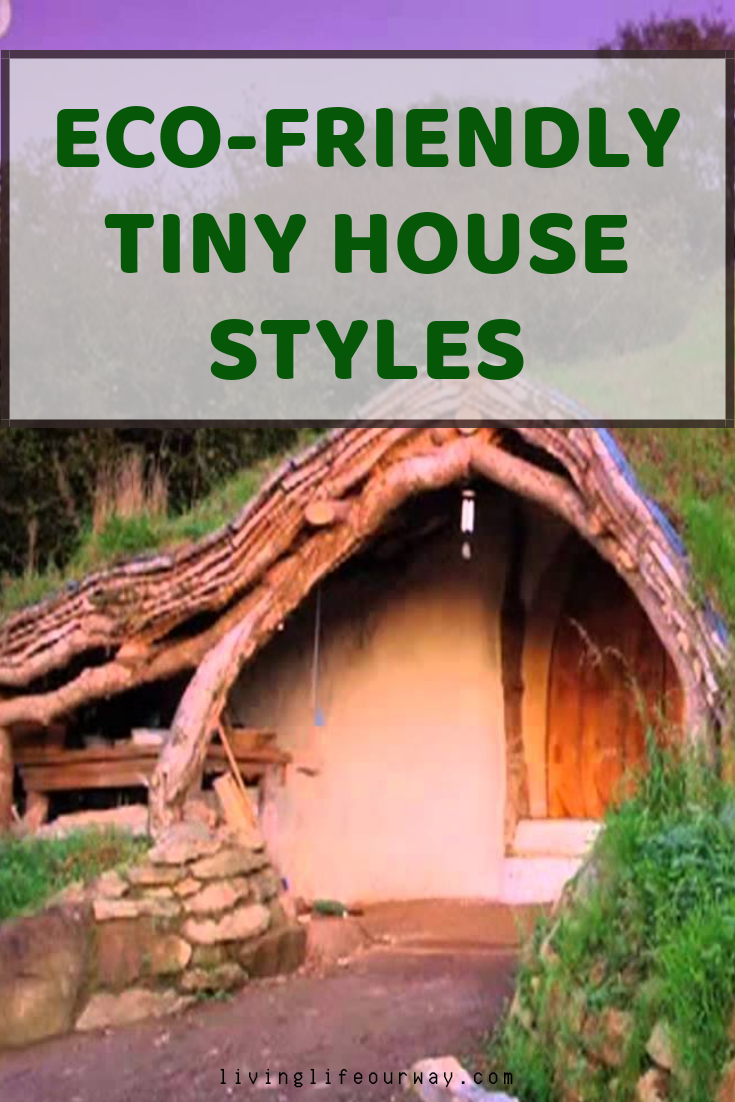
I can’t remember how I found your article but it was really interesting (thank you). I’m looking at making an addition to our house and I was wondering if you ever use polycarbonate sheeting at all? I found Omega Build and was thinking it could be an affordable solution for what I want, but I’m not sure if they are eco-friendly?